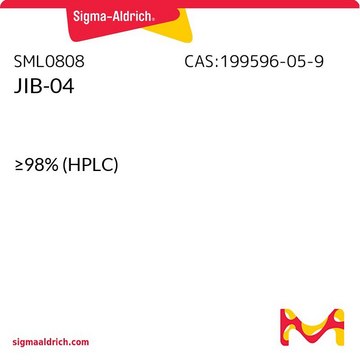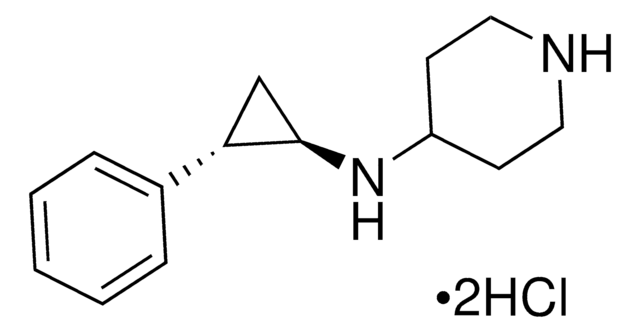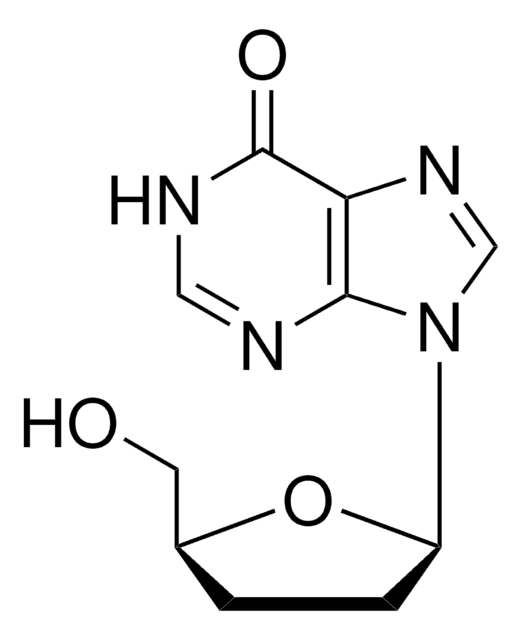5.31662
Inhibitor JHDM VIII, SD70
Synonim(y):
N-(furan-2-ylo(8-hydroksychinolin-7-ylo)metylo)izobutyramid, N-(2-furylo(8-hydroksy-7-chinolinilo)metylo)-2-metylopropanoamid, inhibitor demetylazy histonowej lizyny XV, SD-70
About This Item
Polecane produkty
Próba
≥97% (HPLC)
Poziom jakości
Formularz
powder
producent / nazwa handlowa
Calbiochem®
warunki przechowywania
OK to freeze
protect from light
kolor
off-white
rozpuszczalność
DMSO: 50 mg/mL
temp. przechowywania
2-8°C
ciąg SMILES
N(C(c3[o]ccc3)c1c(c2ncccc2cc1)O)C(=O)C(C)C
Klucz InChI
PBZYAPZLINAHET-UHFFFAOYSA-N
Opis ogólny
Należy pamiętać, że masa cząsteczkowa tego związku jest zależna od partii ze względu na zmienną zawartość wody.
Działania biochem./fizjol.
JMJD2C/KDM4C
Opakowanie
Ostrzeżenie
Rekonstytucja
Inne uwagi
Informacje prawne
Kod klasy składowania
11 - Combustible Solids
Klasa zagrożenia wodnego (WGK)
WGK 3
Temperatura zapłonu (°F)
Not applicable
Temperatura zapłonu (°C)
Not applicable
Certyfikaty analizy (CoA)
Poszukaj Certyfikaty analizy (CoA), wpisując numer partii/serii produktów. Numery serii i partii można znaleźć na etykiecie produktu po słowach „seria” lub „partia”.
Masz już ten produkt?
Dokumenty związane z niedawno zakupionymi produktami zostały zamieszczone w Bibliotece dokumentów.
Nasz zespół naukowców ma doświadczenie we wszystkich obszarach badań, w tym w naukach przyrodniczych, materiałoznawstwie, syntezie chemicznej, chromatografii, analityce i wielu innych dziedzinach.
Skontaktuj się z zespołem ds. pomocy technicznej








